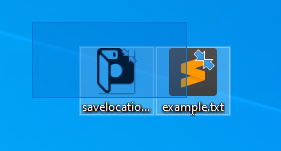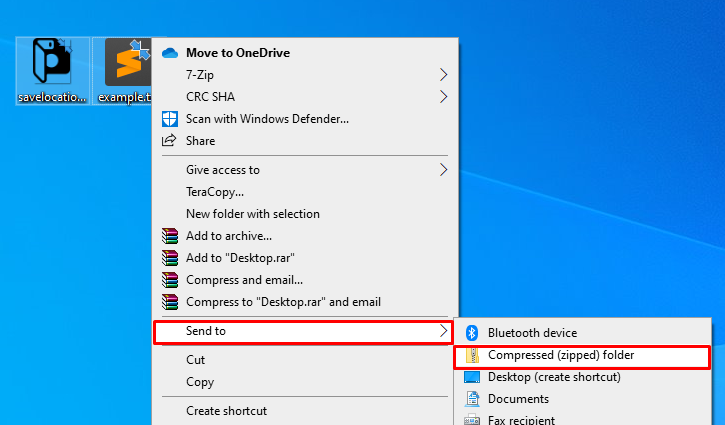How to ZIP or UnZIP Files & Folders in Windows 10, 8, & 7
How to Open and Create ZIP Files in Windows
ZIP files have existed for over 30 years. They're a useful tool that serve many purposes. The most common is to bundle files together. For example, if you needed to email someone 30 files, you could create a ZIP file to house them all and send that over instead. This way, the recipient only needs to download one file and unzip it on their end, rather than all 30.
Another function that is less known is the compression ability of ZIP files. Any ZIP file will compress its contents, meaning their file size (whilst within the ZIP) will be smaller than it originally was. This means the time it takes to download, upload or move ZIP files would be lower than the time it'd take to send the contents individually outside of the ZIP.
But enough about ZIP files: you're here to find out how to use them. See help for creating or extracting them below.
How to Create a ZIP File on Windows 10, 8, or 7
Since the release of Windows 7, downloading third-party software to create ZIP files has become a thing of the past. All you need to do is:
Select the files and folders you wish to create a zip from. You can do this by holding CTRL and clicking each file you wish to add to the ZIP, or clicking and dragging over the files you wish to zip:

Then, all you need to do is right click one of the selected files, click Send to, and then click Compressed (zipped) folder.

You're now half-way on your journey to becoming a ZIP master! If you want to find out how to extract that newly created ZIP and achieve full mastery, read on...
How to Extract (Unzip) a ZIP File on Windows 10, 8, or 7
You've got your hands on a ZIP file. Now how on earth do you get this thing opened? Well, that's actually quite simple. Just right click the file, and select Extract All...:

Select a location to extract the files to, and then hit Extract:

It's really that simple.
